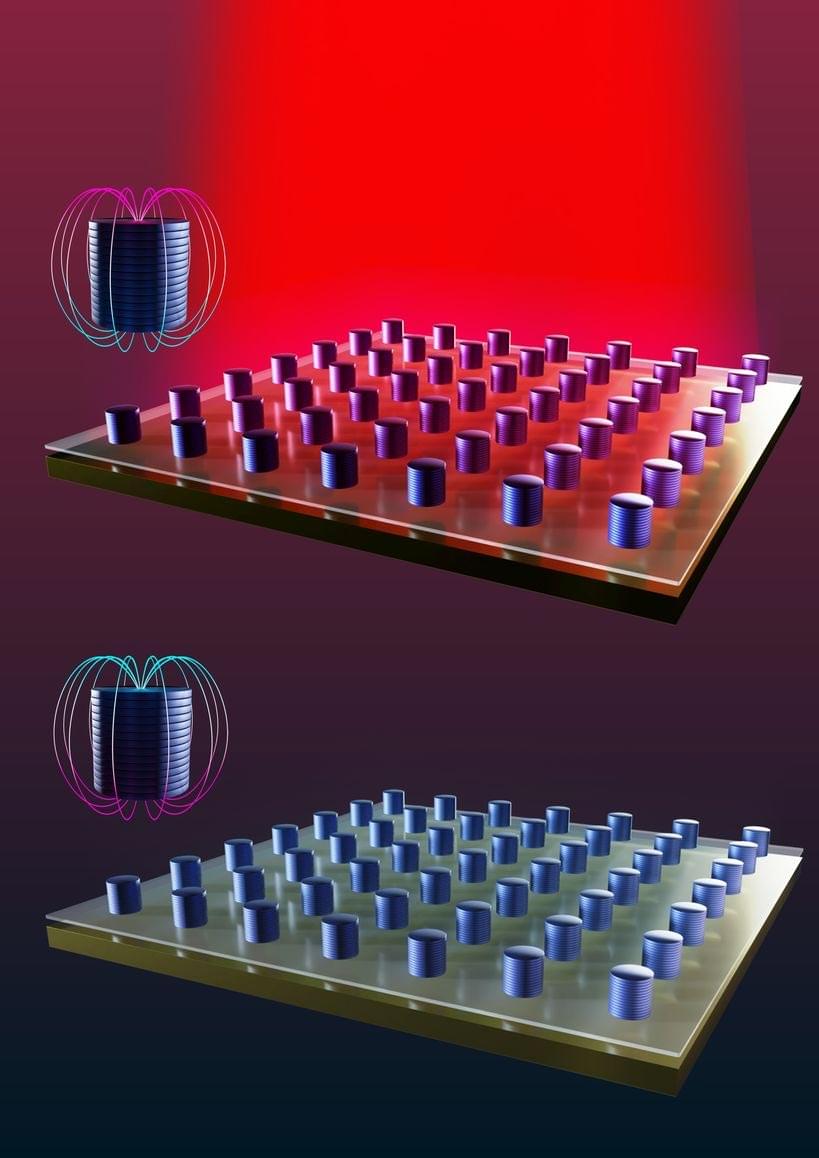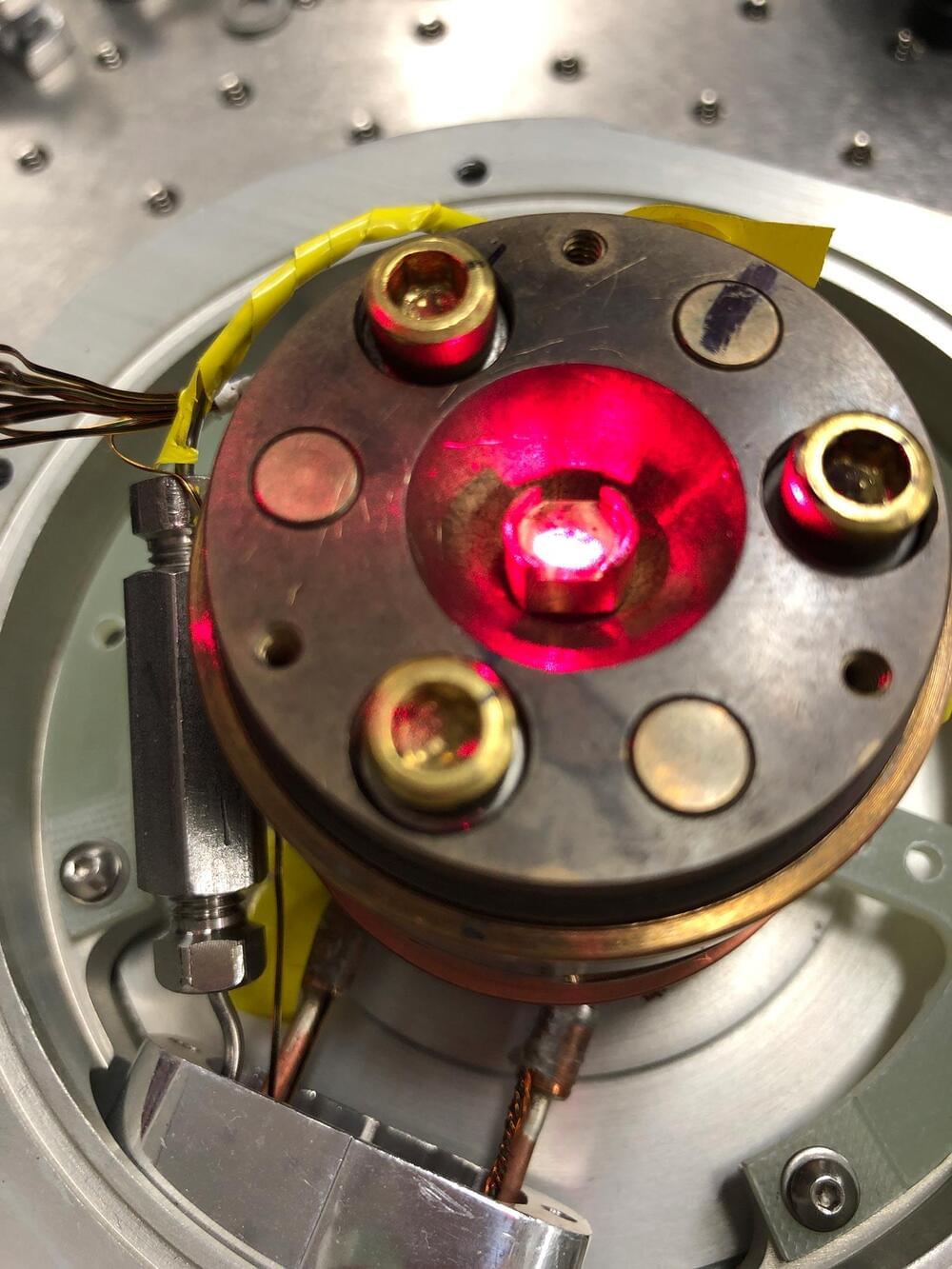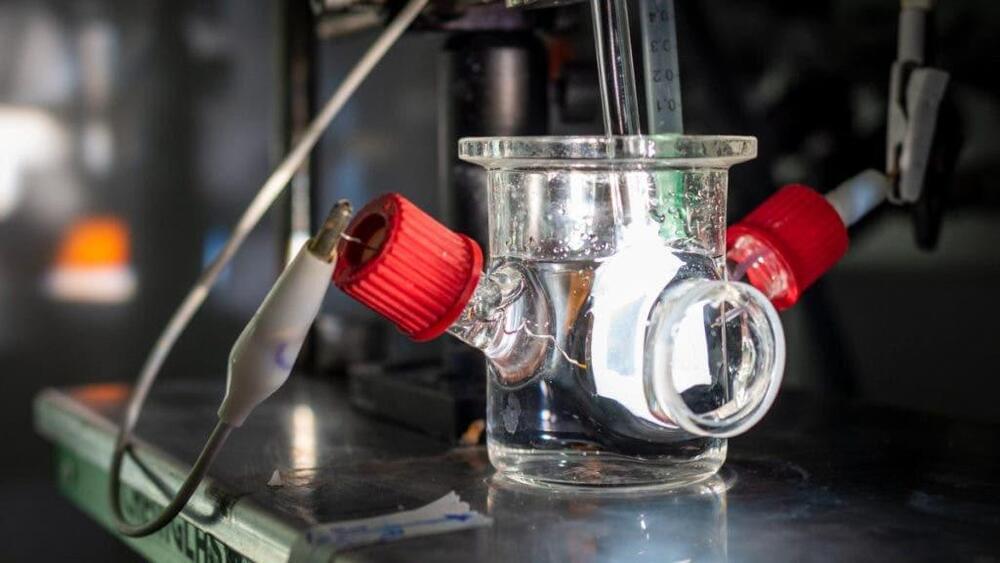Aquatic Panda APT hackers with links to China are targeting academic institutions with the Log4Shell exploit.
A new version of the Apache Log4j 2.17.1 platform has been released to patch newly discovered vulnerabilities.
Controlling nanolasers with magnets lays the groundwork for more robust optical signaling.
A magnetic field can be used to switch nanolasers on and off, shows new research from Aalto University. The physics underlying this discovery paves the way for the development of optical signals that cannot be disturbed by external disruptions, leading to unprecedented robustness in signal processing.
Lasers concentrate light into extremely bright beams that are useful in a variety of domains, such as broadband communication and medical diagnostics devices. About ten years ago, extremely small and fast lasers known as plasmonic nanolasers were developed. These nanolasers are potentially more power-efficient than traditional lasers, and they have been of great advantage in many fields—for example, nanolasers have increased the sensitivity of biosensors used in medical diagnostics.
Imagine windows that can easily transform into mirrors, or super high-speed computers that run not on electrons but light. These are just some of the potential applications that could emerge from optical engineering, the practice of using lasers to rapidly and temporarily change the properties of materials.
“These tools could let you transform the electronic properties of materials at the flick of a light switch,” says Caltech Professor of Physics David Hsieh. “But the technologies have been limited by the problem of the lasers creating too much heat in the materials.”
In a new study in Nature, Hsieh and his team, including lead author and graduate student Junyi Shan, report success at using lasers to dramatically sculpt the properties of materials without the production of any excess damaging heat.
New technique means head lice can provide clues about ancient people and migration.
Human DNA
DNA, or deoxyribonucleic acid, is a molecule composed of two long strands of nucleotides that coil around each other to form a double helix. It is the hereditary material in humans and almost all other organisms that carries genetic instructions for development, functioning, growth, and reproduction. Nearly every cell in a person’s body has the same DNA. Most DNA is located in the cell nucleus (where it is called nuclear DNA), but a small amount of DNA can also be found in the mitochondria (where it is called mitochondrial DNA or mtDNA).
The transmission electron microscope (TEM) can image molecular structures at the atomic scale by using electrons instead of light, and has revolutionized materials science and structural biology. The past decade has seen a lot of interest in combining electron microscopy with optical excitations, trying, for example, to control and manipulate the electron beam by light. But a major challenge has been the rather weak interaction of propagating electrons with photons.
In a new study, researchers have successfully demonstrated extremely efficient electron beam modulation using integrated photonic microresonators. The study was led by Professor Tobias J. Kippenberg at EPFL and by Professor Claus Ropers at the Max Planck Institute for Biophysical Chemistry and the University of Göttingen, and is published in Nature.
The two laboratories formed an unconventional collaboration, joining the usually unconnected fields of electron microscopy and integrated photonics. Photonic integrated circuits can guide light on a chip with ultra-low low losses, and enhance optical fields using micro-ring resonators. In the experiments conducted by Ropers’ group, an electron beam was steered through the optical near field of a photonic circuit, to allow the electrons to interact with the enhanced light. The researchers then probed the interaction by measuring the energy of electrons that had absorbed or emitted tens to hundreds of photon energies. The photonic chips were engineered by Kippenberg’s group, built in such a way that the speed of light in the micro-ring resonators exactly matched the speed of the electrons, drastically increasing the electron-photon interaction.
The rich world is ageing fast. How can societies afford the looming costs of caring for their growing elderly populations? film supported by @Mission Winnow.
00:00 The wealthy world is ageing.
01:17 Japan’s elderly population.
02:11 The problems of an ageing world.
04:01 Reinventing old age.
05:48 Unlocking the potential of older years.
07:09 Reforming social care.
08:20 A community-based approach.
11:08 A fundamental shift is needed.
Read our special report on ageing and the economics of longevity here: https://econ.st/3EwnCV3
Sign up to The Economist’s daily newsletter to keep up to date with our latest stories: https://econ.st/3gJBH8D
Getting to grips with longevity: https://econ.st/3DBJU6k.
A small Japanese city shrinks with dignity: https://econ.st/3dBDgT2
The idea of a human-made device that can process solar energy to make usable fuels has been tantalizing researchers since the 1970s. There being no such thing as a free lunch, it is not so easy to engineer a device that mimics photosynthesis, which Mother Nature perfected a long time ago. Nevertheless, researchers at the Department of Energy’s Lawrence Berkeley Lab in California appear to have solved an important piece of the “artificial leaf” challenge.
Solar Energy & The Artificial Leaf Of The Future
The concept of the artificial leaf first crossed the CleanTechnica radar in the form of a card-sized photoelectrochemical cell, back in 2011. Instead of converting sunlight into electricity, the cell acts as a catalyst that deploys solar energy to break water into oxygen and hydrogen.
Swiss tech company ABB has unveiled a new EV charging station that can rapidly power four electric vehicles at once — which could help make annoying wait times at stations a thing of the past.
The challenge: It typically takes less than five minutes to fill up a car’s tank at a gas station, and gas stations are everywhere in the U.S.
Depending on an EV’s battery and the type of EV charging station, it can take anywhere from 45 minutes to several hours to fully charge the car, and because charging stations are far less common than gas stations, drivers regularly have to wait for ports to open up.
Japan’s growing lost earbuds problem meets its end with a vacuum cleaner-like gadger collaboration between Panasonic and JR East.









